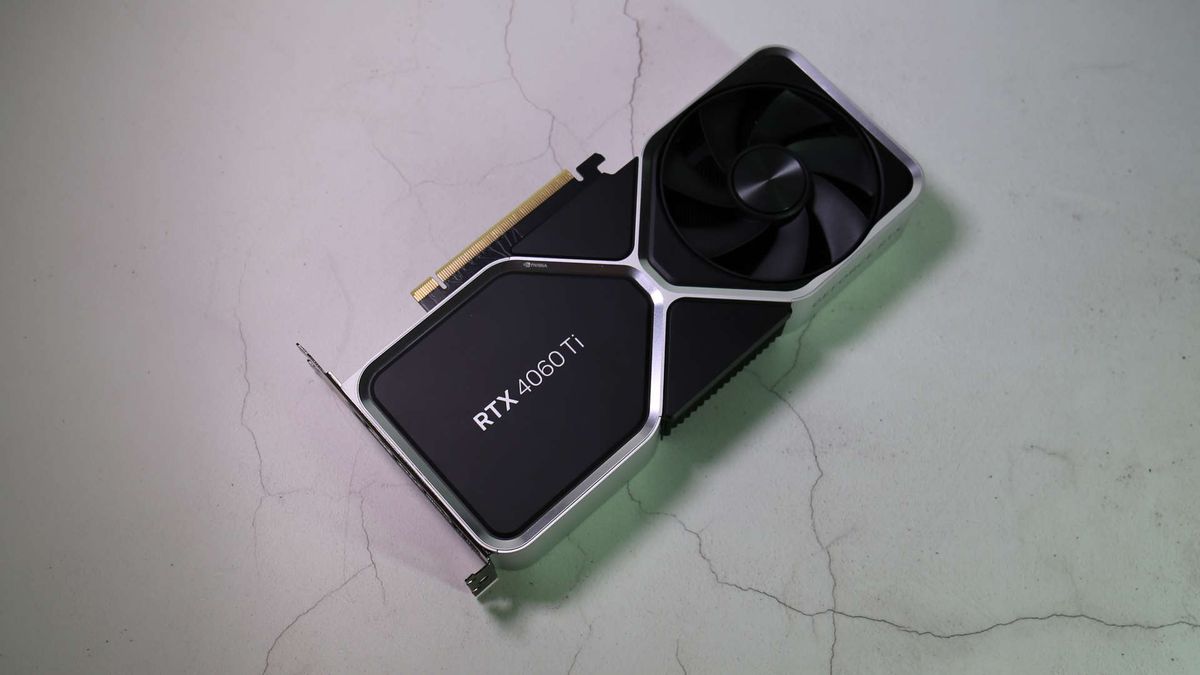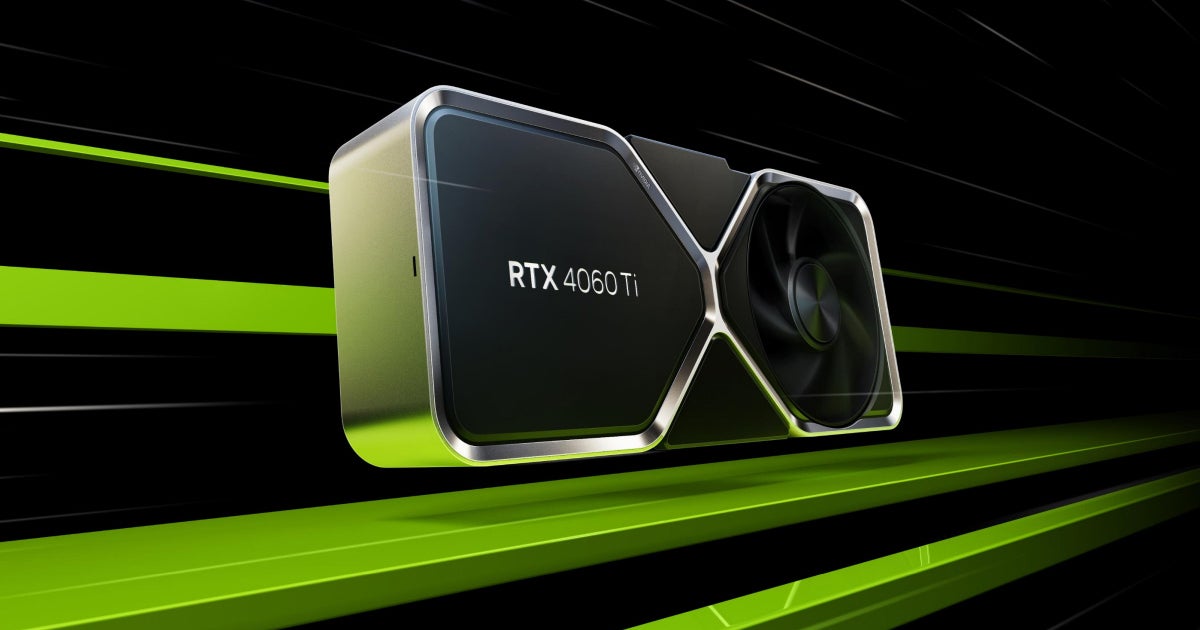Yeah it's just getting worse at this point. If a hypothetical 4060 had improved over the 2060 as much as the 4090 has done over the 2080 ti then it'd basically be sitting at 3090 performance. That's just slightly below where the 4070 ti sits now.
At this rate they'll be telling us the 5060 ti is still a "1080p" card at roughly 3070 ti performance and £450, with a 5090 doing 4x that.
5060ti 12GB, $500, DLSS4, PCIe5 8x and the amazing special feature will be it's 10% faster than a 4060ti native performance but with DLSS4 it's 10x faster as it now has inbuilt NV-BS FPS systems that fool fps tools better than DLSS3 ever could for all that 1080p goodness in the year 2025.
Joking apart wouldn't surprise me 5060ti $500 12GB .. and of course a 5060ti 24GB version for $650..
 Nothing will surprise me with Nvidia anymore really.
Nothing will surprise me with Nvidia anymore really.
Last edited:






